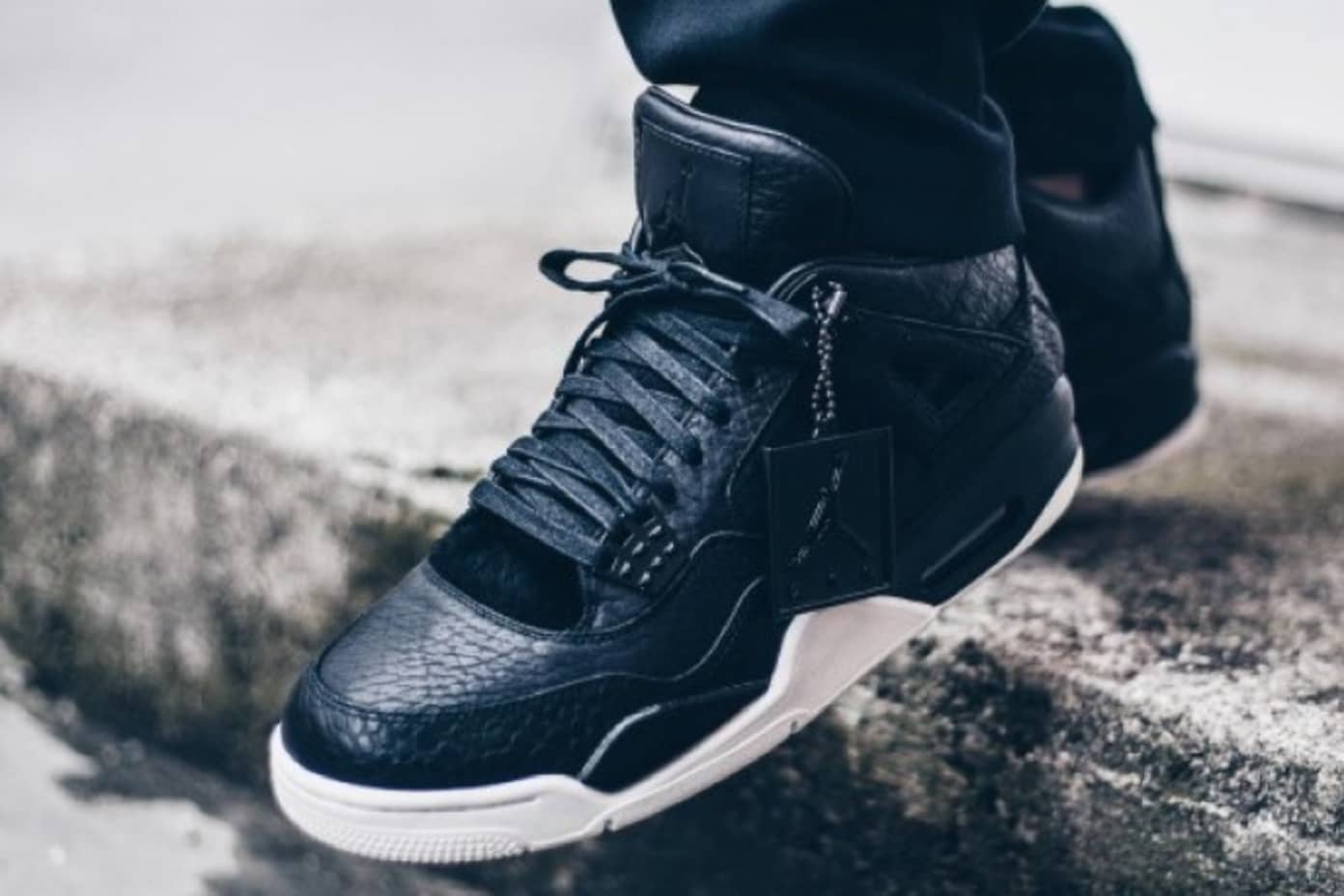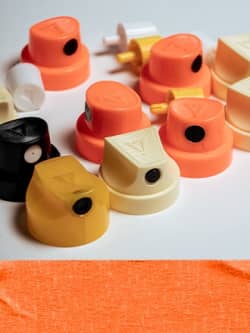#FactsFriday: The History of Air Jordan ”“ Number IV

Following up a legend is close to impossible. From the pressure of expectations to the overall hype, to the fact that everyone in the world is set in on your every move is normally a recipe for tragedy. Yet somehow, Tinker Hatfield and Nike not only dodged the pitfalls that popped up upon designing a shoe to replace the Air Jordan III, they boosted the sneaker and created yet another classic silhouette.
Hatfield didn’t want to reinvent the wheel or change what made the III so successful. That sneaker perfectly toed the line between on-court performance and style off of it off the court. So he went with a somewhat traditional route, by drawing inspiration from Jordan’s work ethic. Knowing Michael had recently become a father and was learning to manage that responsibility with what he felt on the court going up against an entire league, an entire fanbase, that thought he was nothing more than a high-scoring loser, Tinker thought it was the perfect cure for a basketball shoe.
The IV carried over the same mid-cut of its ancestor, as well as the same chiseled midsole. In addition to those characteristics, the visible Air unit and padded tongue and collar were all from the III as well. However, the shoe changed and improved in subtle ways. The IV introduced nubuck leather and mesh for the first time in Jordan’s signature line, and the Jumpman logo that debuted in the previous year’s model was updated to include the word “Flight” on the tongue.
Let’s be honest, Michael Jordan did more than his fair share to promote the shoe. He had his best all-around season ever, averaging 32.5 points, 8.0 rebounds, and 8.0 assists per game. He even produced a ridiculous 15 triple-doubles that year, including a streak where he played point guard and rang up 10 in 11 games and seven in a row. He cemented his place as the best all-around player in the NBA, then took the Bulls to their first Eastern Conference Finals during that time. It was in that series that he cleaned Detroit with his best playoff game ever against the Bad Boys during Game 3. And, of course, we all remember “the shot” that the jumper made in the Black/Cement IVs over Craig Ehlo to win a playoff series against Cleveland.
All of this came together to create a near-perfect sneaker, and its place in a growing sneaker culture was confirmed through Jordan’s partnership with Spike Lee. That year we saw the continuation of the Mars Blackmon theme in Nike Air Jordan commercials, and Lee got them back by featuring the sneaker during his movie, Do the Right Thing, perhaps the most iconic sneaker scene ever in a major motion picture.
In the end, the sneaker became one of the line’s most beloved silhouettes ever and was fittingly the first retro Jordan to really sell well. During Michael Jordan’s baseball break, most of the initial Air Jordan Retros just sat on store shelves for weeks at a time. Yet for some reason, people weren’t down for the cause, even if Jordan was “retired” and the shoes were a great way to commemorate his unbelievable career. But in 1999, 10 years after the original release, the first drop of retro IVs became the blueprint for every retro release from that point forward. 















